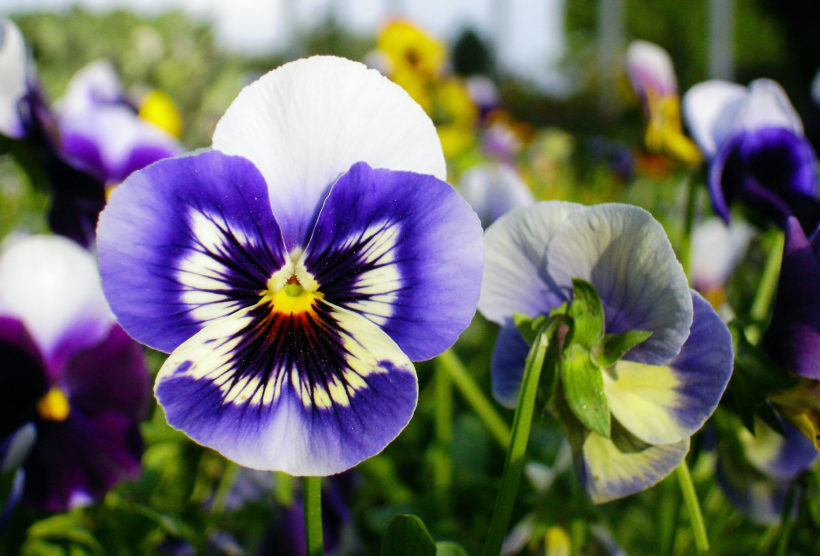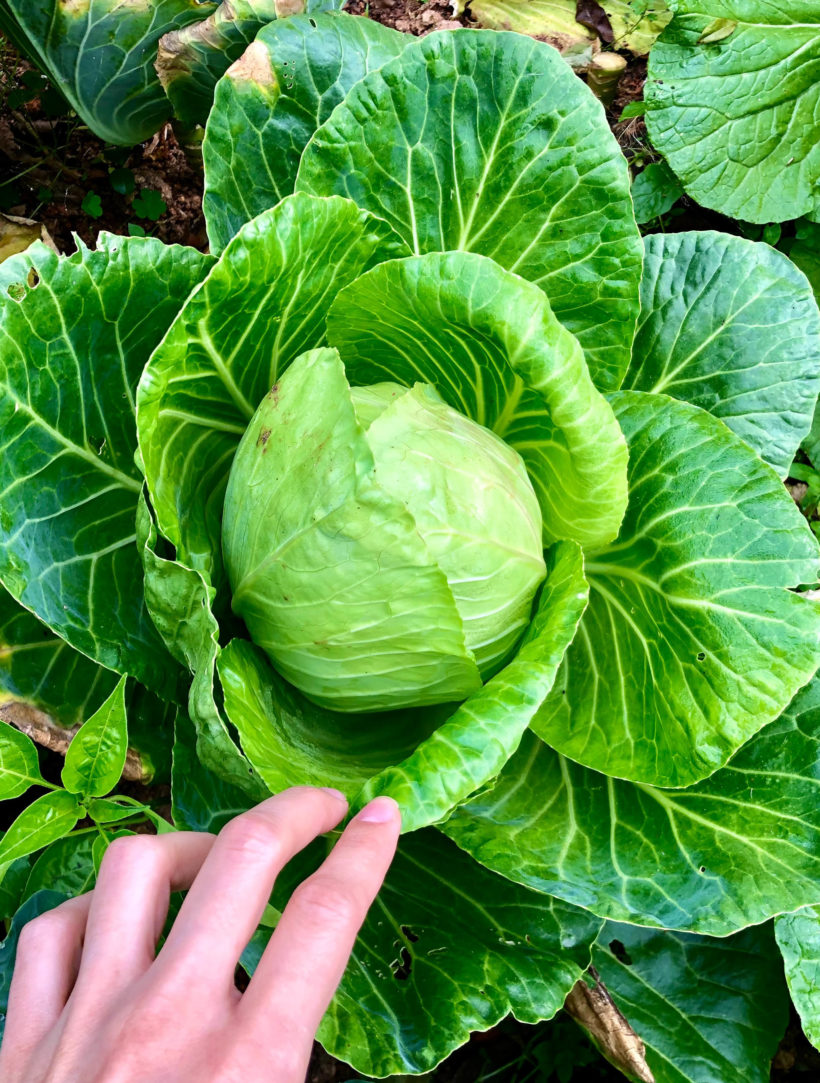North Florida has its own ecosystem and plants can thrive here with the right planning and planting schedule. Here’s a primer to help you get going.
For gardeners, starting the new year can be a bit frustrating. It’s really too cold to plant some delicate tropicals, and they’re not available anyway. There’s barely enough sun to grow vegetables, although some cold-weather crops can be managed. And things in the yard just look kinda brown and blah, don’t they?
Take heart. You can have fun with your plants this time of year; you just have to keep in mind sun requirements, soil temperature and if there’s any danger of frost. And you can always do color pots in containers to liven up your porch or patio.
 Here are some suggestions for what to plant and when during the months of January through June. (We’ll do another column later in the year for summer and fall planting ideas.) These recommendations come from the fabulous University of Florida Institute of Food and Agricultural Sciences and its UF/IFAS Extension service and there are more details on their website.
Here are some suggestions for what to plant and when during the months of January through June. (We’ll do another column later in the year for summer and fall planting ideas.) These recommendations come from the fabulous University of Florida Institute of Food and Agricultural Sciences and its UF/IFAS Extension service and there are more details on their website.
In January and February, colorful annuals such as snapdragon, petunia, viola and pansy can be added to your garden beds or used in containers for refreshing pops of color. These flowers come in fun shades like purple, purple and yellow, pink and magenta. They like the cold, so no need to cover them if temps fall below 32 degrees.
Veggies that do well this time of year are the classic cold-weather crops like broccoli, collards, cabbage and root veggies such as beets and turnips. Most lettuces do well, too, although you’ll want to cover them if a hard freeze is coming. Mild sunshine and cool temps are ideal for these types of plants.
For larger projects, like landscape shrubs and trees, January and February are an ideal time to put them in the ground as the plants are generally dormant, don’t require much water and won’t be doing any serious growth until spring. Follow standard instructions for prepping the planting hole, treat the root balls with care, gently spread out roots once settled in the ground and then water daily until established. Doing some meditative hand watering this time of year is a nice way to get outside, get some sunshine and fresh air, and enjoy your garden.
For March and April, we shift into the classic spring weather of North Florida. The occasional frost or freeze can still happen, then we move into those lovely cool mornings with warm afternoons that are great for people and plants.
The pansies and other cold-weather flowers won’t handle the warm days any longer, so yank them out (well, compost them) and install wax begonias, coleus or my favorites—caladiums. Soil temperature does matter with these tropical bulbs so resist putting them in the ground until the soil is consistently 65 degrees or higher. You can buy a special thermometer at a garden center to do this, but I just use a meat thermometer. Stick it down about four inches into the soil and see what you get, then plant accordingly.
 Most veggies can be started now. Move your seedlings outside or buy some started plants and fill up that bed! The classic three sisters plantings can do well here; corn, beans and squash. Let the corn get about 18 inches tall, then gently push in your pole bean seeds to climb the corn stalk. When you add the squash, the vines will wander all over the bed and keep down weeds. Tomatoes can go in now, too, and they’ll do pretty well until real summer hits in June.
Most veggies can be started now. Move your seedlings outside or buy some started plants and fill up that bed! The classic three sisters plantings can do well here; corn, beans and squash. Let the corn get about 18 inches tall, then gently push in your pole bean seeds to climb the corn stalk. When you add the squash, the vines will wander all over the bed and keep down weeds. Tomatoes can go in now, too, and they’ll do pretty well until real summer hits in June.
It’s also generally safe to start pruning chores. Clean up bare shrubs, prune for shape and to remove any dead or diseased branches or foliage, then stand back and watch things grow.
For May and June, it’s time to shift your mindset into summer mode. Temps and humidity are climbing now and cool-weather plants will have wilted or given up the ghost. Think about summer flowers now: sunflowers, salvia, vinca and daisies. Seeds can go right in the ground without worry of frost damage, or you can buy bedding plants ready to install.
For your veggies and herbs, beans, corn, squash, basil, peppers, sage and rosemary will be happy campers. Keep an eye out for insect damage like scale, aphids and mites, and treat as lightly as possible. (This might mean encouraging more birds and other pollinators, not spraying with a chemical.) Humidity starts to take its toll this time of year, so funguses have time to attack. Some hardcore gardeners set up an outdoor fan on a timer to keep the air moving, especially overnight. (Not that I’ve ever, ahem, done that myself in a desperate battle to avoid veggie damage. Ahem.)
Now is the time to plan out your garden for the year. Enjoy the anticipation of lovely flowers, healthy shrubs and yummy vegetables. OS
A native Floridian and lifelong gardener, Belea spends her time off fostering cats and collecting caladiums. You can send gardening questions or column suggestions to her at belea@magnoliamediaco.com






